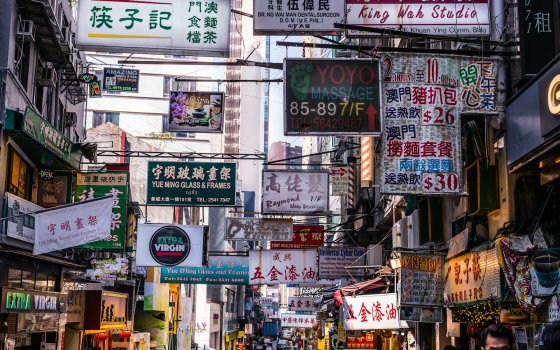Hastags have become an integral part of how communication on the internet works over the last decade, and as such, translators will inevitably come across them when working on online oriented content. To help us decide if we should translate a hashtag or not, let’s take a look at how they actually work and the role they fill within the internet.
A hashtag is simply an indexing system that groups related topics together and makes them easier to find for interested users. Its origins are from 2007, in the wake of the San Diego forest fires that raged across California during the fall. The hashtag #sandiegofire was used to keep any news updates together, so with a simple search, anybody could keep track of the events in real time.
From then, what began seen as a somewhat obscure and nerdy symbol ironically became massively widespread due to its ease of use and practicality. To make a long story short, everybody realized that adding a related hashtag to their tweets and updates made it immensely easier to find for everybody else. If the same hashtag is used by a lot of people, usually because it is related to an ongoing important event or breaking news, it becomes known as Trending, and is added to a shortlist of notable topics that is usually very visible and easy to access.
So, should you translate them? Well, it depends on the circumstances. Let’s use the example of a brand of cleaning products like Mister Clean. The name is easily translatable to any language on earth, but in the case of any new development or product launch, the best approach would be to try and group all the updates over the world under the hashtag #misterclean. Translating the hashtag into every language would simply make the news hard to follow, since there would be multiple topic groups in different languages with varying update intervals, instead of a centralized place that will always have the most recent update.
While it’s true that for a carefully planned product launch with few updates it won’t really make much of a difference, if the plan is to update regularly with new pieces of information, features, or additional reveals, users will find it much easier to keep track of a single hashtag.
Obviously, certain brands with pretty much untranslatable names like Walmart, will never have to worry about translating their hashtags. Some might even argue that in a globalized economy, picking a completely original name and never translating it can be a good way of keeping customers and followers around the world easily up to date.
There are some occasions when it might be wise to translate hashtags, but there is another solution that tackles the problem in a far more effective, albeit less elegant way:
Just add more hashtags.
It’s deceptively simple, but including the original hashtag first, and then adding the translated one, has the effect of being part of the two topic groups simultaneously with no downside whatsoever. There is a small catch though, and that is sites like Twitter have a character limit (which is in constant flux, so your mileage may vary depending on when you read this post), and Instagram has a somewhat more stable hashtag limit of 30. That means that we can’t really go too overboard and we still have to pick our hashtags (or characters) carefully.
So, there you go. If you’re in doubt about translating hashtags, the easier way out is to use both the original language one and the translated one in the same post. A straightforward solution for a surprisingly common problem. Such is the age of the internet.






